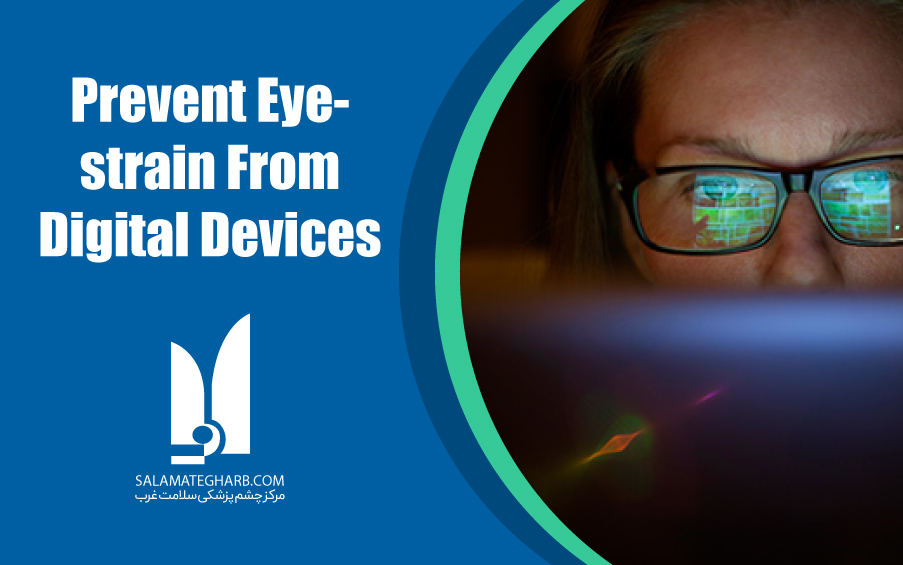You probably use screens for just about everything — to work, to relax, or just to keep up with daily life. If your eyes feel dry and tired, your vision is blurry by the end of the day, or your head, neck, and shoulders ache, all that time with your digital devices might be to blame.
If you change how you use smartphones, computers, tablets, and other screens, you can keep from straining your eyes.
Why Do Screens Cause Eyestrain?
Normally, we blink about 15-20 times a minute. That spreads tears evenly over your eyes, which keeps them from getting dry and irritated. But researchers have found that people blink less than half as often when they’re reading, watching, or playing on a screen. Also, the contrast of text against the background, the glare, and flickering from digital screens can be hard on your eyes.
Prevent Digital Eyestrain
No, you don’t have to cut out all screen time. But a few changes to how your use your devices can be easier on your eyes.
Make sure your computer screen is about 25 inches, or an arm’s length, away from your face. The center of the screen should be about 10-15 degrees below eye level.
Cut glare by using a matte screen filter. You can find them for all types of computers, phones, and tablets.
Follow the 20-20-20 rule: every 20 minutes, look at an object at least 20 feet away for at least 20 seconds.
Take a longer break of about 15 minutes after every 2 hours you spend on your devices.
Use artificial tears to refresh your eyes when they feel dry.
Try putting a humidifier in the room where you most often use a computer or other device.
Make sure the lighting in the room you’re in is bright enough. You don’t want your device to be brighter than the surroundings.
If you wear contact lenses, give your eyes a break by wearing your glasses.
Get regular eye exams. You might need to use a different pair of glasses when you’re working on a computer.
Adjust Your Devices
You can also make sure your devices are set for eye health.
Raise the contrast on your screen.
Make text larger.
Change the brightness of the screen. It shouldn’t be lighter or darker than your surroundings.
Lower the color temperature of your screen. That means it will give off less blue light, which is linked to more eyestrain.
Raise the device’s refresh rate. That will cause less flickering of the screen.


Leave A Comment